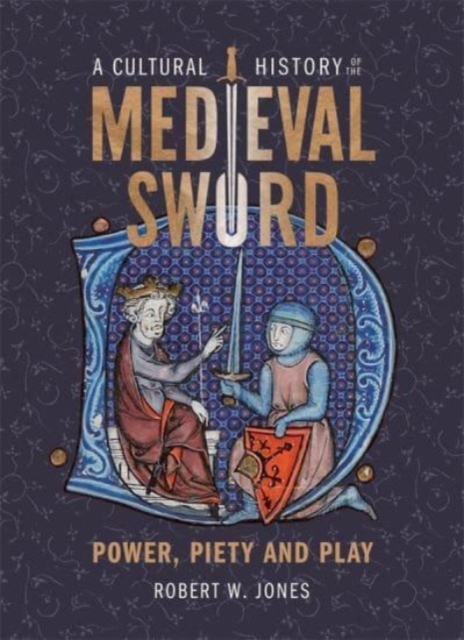A Cultural History of the Medieval Sword: Power, Piety and Play

A Cultural History of the Medieval Sword: Power, Piety and Play
This wide-ranging book uncovers the breadth of the sword's place within the culture of high medieval Europe. Encompassing swords both real and imagined, physical, and in art and literature, it shows them as a powerful symbol of authority and legitimacy. It looks at the practicalities of the sword, including its production, as well as challenging our preconceptions about when and where it was used. In doing so, it reveals a far less familiar culture of swordsmanship, beyond the elite, in which swordplay was an entertainment, taught in the fencing school by masters such as Lichtenauer, Talhoffer, and Fiore, and codified in fencing manuals, or fechtbücher. The book also considers how our modern attempts to reconstruct medieval swordsmanship on screen, and in re-enactment and Historical European Martial Arts (or HEMA), shape, and have been shaped by, our preconceptions of the sword. As a whole, the weapon is shown to be at once far more mundane, and yet just as special, as we imagine it.
PRP: 234.00 Lei
Acesta este Prețul Recomandat de Producător. Prețul de vânzare al produsului este afișat mai jos.
187.20Lei
187.20Lei
234.00 LeiLivrare in 2-4 saptamani
Descrierea produsului
This wide-ranging book uncovers the breadth of the sword's place within the culture of high medieval Europe. Encompassing swords both real and imagined, physical, and in art and literature, it shows them as a powerful symbol of authority and legitimacy. It looks at the practicalities of the sword, including its production, as well as challenging our preconceptions about when and where it was used. In doing so, it reveals a far less familiar culture of swordsmanship, beyond the elite, in which swordplay was an entertainment, taught in the fencing school by masters such as Lichtenauer, Talhoffer, and Fiore, and codified in fencing manuals, or fechtbücher. The book also considers how our modern attempts to reconstruct medieval swordsmanship on screen, and in re-enactment and Historical European Martial Arts (or HEMA), shape, and have been shaped by, our preconceptions of the sword. As a whole, the weapon is shown to be at once far more mundane, and yet just as special, as we imagine it.
Detaliile produsului









